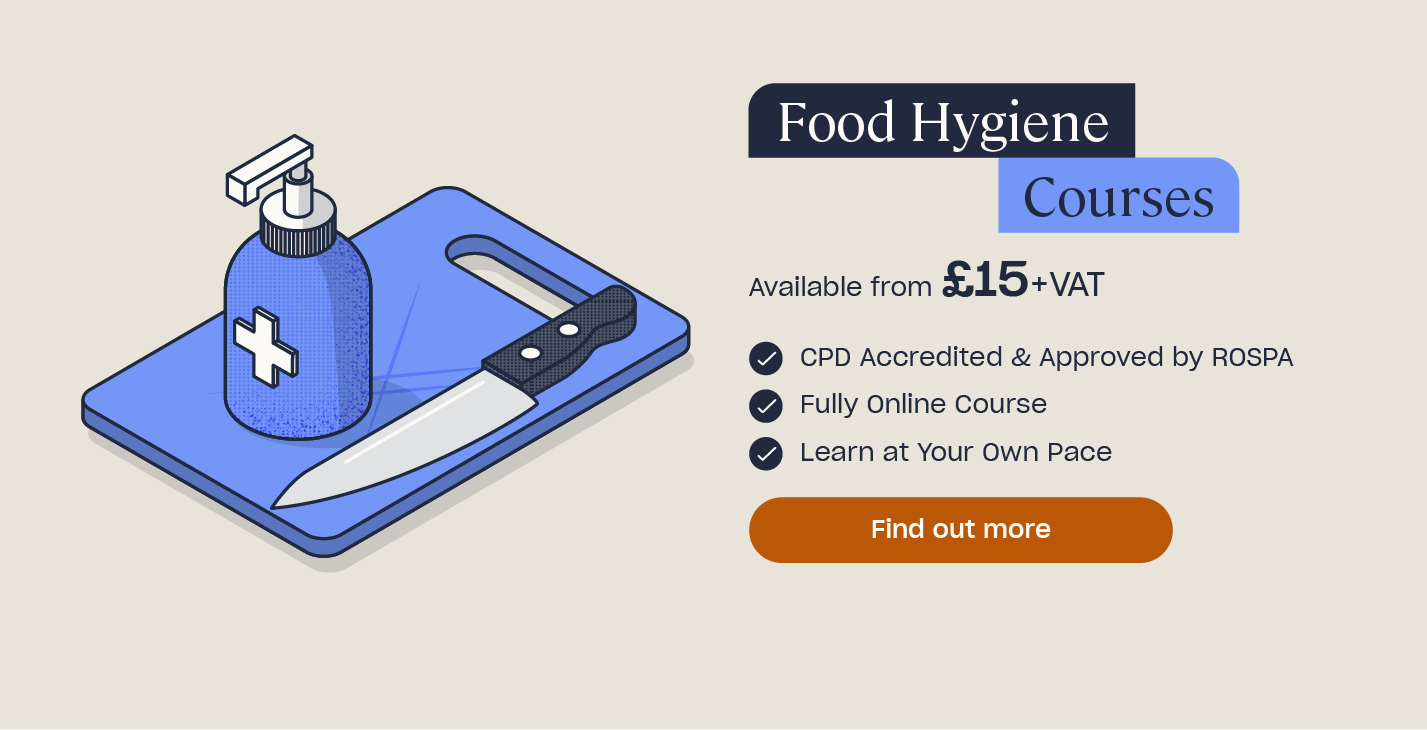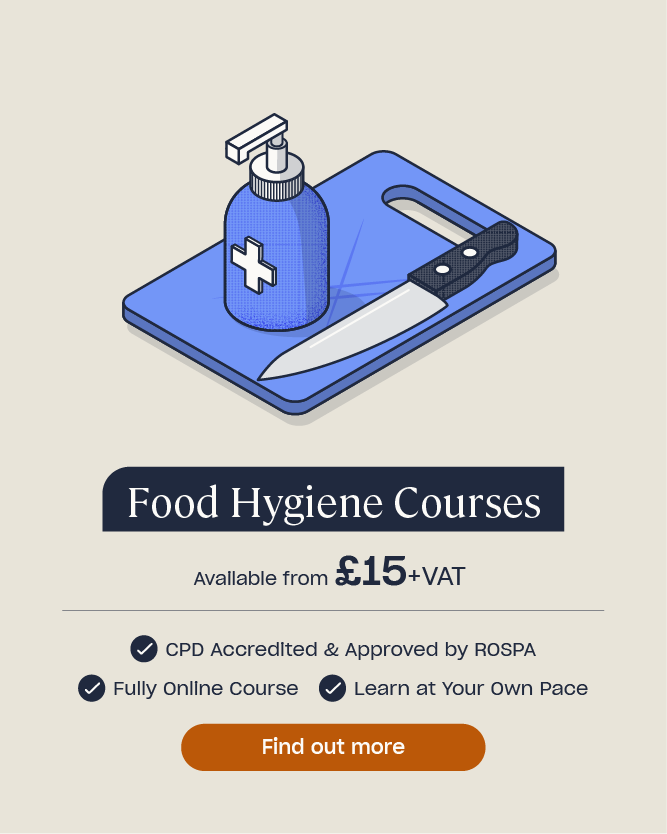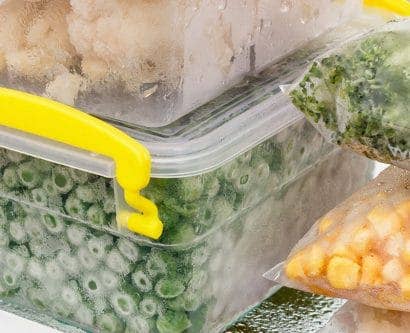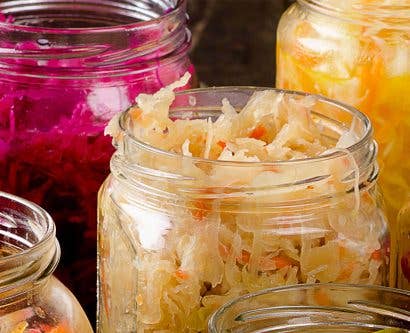How to Defrost a Freezer
Most people own a freezer – whether as a household appliance, or in a commercial kitchen – and it’s important to keep them maintained. As such, defrosting is an incredibly useful process and everyone should understand how to defrost a freezer safely.
In this article, we’ll explain the reasons for defrosting your freezer, along with looking at how often this process should happen and we’ll provide guidance on how to do it. We’ll also discuss what to do with food while defrosting your freezer to ensure food safety.
Why Do You Need to Defrost a Freezer?
Frost builds up inside a freezer as every time the door is opened, warm air enters the freezer. This allows heat and moisture in, and the latter develops into frost that lines the roof, floor and walls of the freezer. It can also form when an unfrozen food product is placed into the freezer.
Unfortunately, it’s impossible to avoid frost forming altogether as a freezer would be of little use to anyone if you couldn’t open the door. However, you can limit and slow the rate of frost down by making sure you only open the freezer when necessary, and closing it as quickly as you can. If you’re doing this and frost is still rapidly building up, it might be worth checking if there is a problem with your seal.

Typically, you should aim to defrost your freezer at least once a year. However, you may need to do this more often if your freezer seems prone to frosting quickly, and the ice builds up frequently.
There can be negative implications of letting the frost build up without taking action, too. These can include:
- The quality of the food being affected.
- Ineffective sealing of the freezer door.
- Costing you more in electricity as the freezer needs to work harder in order to keep the food cold through the frost.
Many new freezers are designed to be ‘frost-free’, which means they don’t ever need to be manually defrosted. However, if you own an older-style freezer, it’s important to understand how to safely defrost a freezer yourself.
How to Defrost a Freezer Quickly
There are many unorthodox methods littered around the internet about how to defrost your freezer, but often these pay no attention to the risks to food safety. The safest way to do this is by turning off the freezer and allowing the ice to melt.
Below, we’ve compiled a list of steps to take to quickly and safely defrost your freezer.
- Turn off or unplug the freezer and empty it. We’ll go into more detail about what to do with the food once you have emptied it, but ensure that you’re prepared and ready before you take this step.
- Lay down a tray, towels or other absorbent materials in front of the freezer. This is to catch the moisture. Once the ice has started to melt, you can also place rags or something larger – a beach towel, for example, works well – inside to absorb more of the moisture. Many freezers have a drainage hose that will help remove the water. If this is the case, put the hose in some kind of container.
- Remove the shelves and any other holders inside. If they are iced in, and difficult to remove, you may need to wait until the frost has started to thaw before you can do this. However, once you are able, they can then be set aside for cleaning.
- Wait for the ice to melt. There isn’t a universal time that this can take, as it will depend on factors such as how much frost there is in the freezer. However, if you leave the freezer door open once it is empty and switched off, the air and the room temperature will help the thawing. It’s not recommended to use a hairdryer or any other electrical item to try and speed up the process, or to hack off the ice with a sharp object as these methods pose a risk to not only the freezer, but your own safety.
- Clean inside the freezer and mop up as much water as you can. Once the ice has melted, you can then clean the inside of the freezer.
- Once clean, dry as much as you can with a towel.
- Turn the freezer back on. You need to give the freezer time to get back to temperature before you think about putting the food back into it. This can take a number of hours, but the time will vary between appliances.
- Put the food back away once the freezer is back up to temperature. Now it’s cold, the freezer is clean and ready to be packed again!

What to Do With Food When Defrosting a Freezer
It’s not possible to safely defrost your freezer while leaving your food inside. This is because the frozen food will thaw and its temperature could enter the ‘danger zone’. Bacteria and moulds are not killed when food is frozen, they become dormant. When food is defrosted, the bacteria can continue to multiply, which is also why it is important not to refreeze foods. Take a look at our article – What is The Temperature Danger Zone? – for more information.
When you’ve decided to defrost your freezer, and have turned it off ready to do so, you must remove all of your frozen food as soon as possible. We’ve established that it’s crucial the food doesn’t thaw, so, the question is – what do you do with it?
If your freezer isn’t particularly full, you could ask a neighbour, or someone close by, if they could store your food while the defrosting is taking place. Equally, you could invest in a cooler box or freezer bags. As long as these are placed out of sunlight and in the coldest place in the house, it would ensure your food is kept at a safe temperature. If you are choosing this method, it may be beneficial to schedule defrosting your freezer in the cooler months of the year.

Equally, you could consider moving some of your food into the fridge. However, according to the Food Standards Agency, food that has been defrosted needs to be consumed within 24 hours before it needs to be thrown away. If this is an option you’re considering, take a look at our article – Can I Cook This From Frozen?
If none of these options are possible, you might want to plan further ahead and ensure the majority of the food has been eaten before you defrost the freezer.
How Often Should You Defrost a Freezer?
It’s important to defrost a freezer at least once or twice a year. A good indication of when you need to defrost it is when there is significant ice build up, especially when it starts affecting the functionality of the freezer.
Don’t leave defrosting the freezer until you can no longer close the door! You will be more likely to rush the defrosting process, and you will be more in control of when the freezer is defrosted.
Defrosting your freezer is also a good chance to go through what you are storing, and throw away food which has been frozen for too long. Read our article on ‘How Long Does Food Last in the Freezer? A Storage Guide’ to find out more.
To reduce ice build up in your freezer, make sure the seals on your freezer are clean and free from damage. Not overloading your freezer, and not putting hot food directly in the freezer will also help prevent ice build up. Even if you see contestants on Great British Bake Off doing this, it is not at all good for your freezer, electricity bills, and most importantly, for food safety.
We hope you’ve found this article on how to defrost a freezer helpful. If you have any further questions, or wish to find out more information on the topics covered within this article, please don’t hesitate to get in touch with us at High Speed Training!
Further Resources
- Online Food Hygiene Training Courses
- How to Store Food in the Freezer
- How Long Does Food Last in the Freezer? A Storage Guide
- What is the Temperature Danger Zone? Free Food Safety Chart
- Do You Know Which Fridge Shelves You Should Store Your Food On?
- Can I Freeze This & For How Long?
- How to Defrost Food Safely











